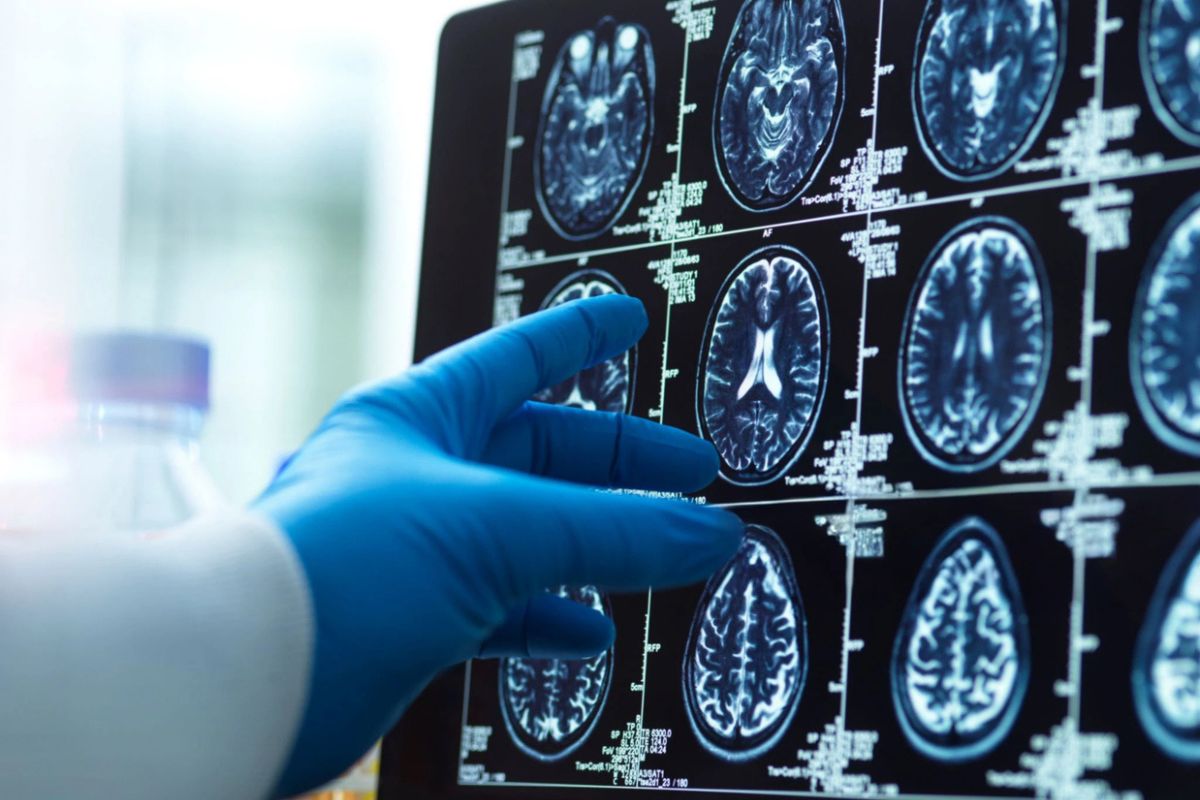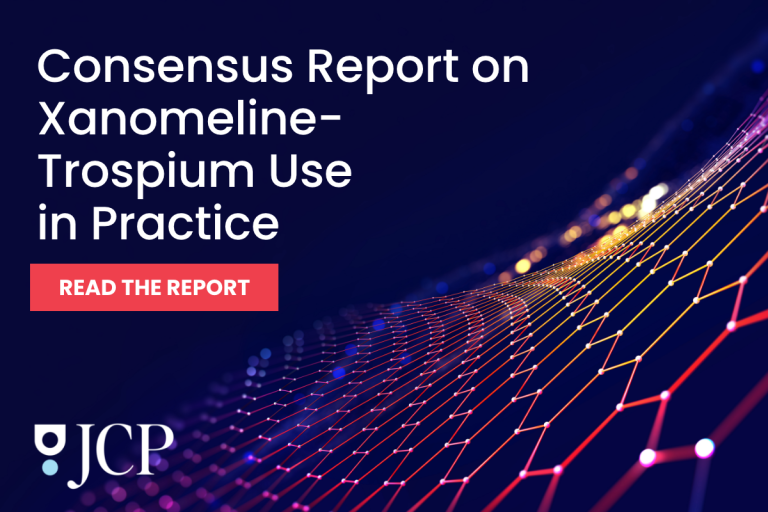For decades, deep brain stimulation (DBS) has been a lifeline for people with Parkinson’s disease, providing tremor relief. It also helps with stiffness and other motor problems when medications alone just aren’t enough.
But traditional DBS delivers constant electrical pulses at a fixed intensity, which renders them unable to adapt to the body’s natural rhythms. And that can mean too much stimulation when pharmaceutical treatments are at their peak, and too little when they wear off.
Now, an international clinical trial suggests a new, “smarter” version – adaptive DBS (aDBS) – that promises a more balanced, patient-centered alternative.
Unlike constant DBS, aDBS automatically adjusts stimulation in real time based on the brain’s own signals. By monitoring neural activity in the subthalamic nucleus or globus pallidus, the system can boost or scale back stimulation based on symptom severity. Researchers have long hoped this approach would smooth out daily fluctuations in Parkinson’s symptoms while reducing side effects and extending device battery life.
The ADAPT-PD trial, led by Stanford neurologist Helen Bronte-Stewart, MD, is the first large study to explore whether patients could safely use aDBS on their own at home for longer stretches.
Methodology
Between late 2020 and mid-2022, 68 patients with moderate to advanced Parkinson’s enrolled in the study. All of the participants had benefited from conventional DBS (plus medication) before. Researchers tested participants in two aDBS modes: a “single-threshold” version and a “dual-threshold” version, both of which relied on the brain’s alpha-beta rhythms as control signals.
After a slight adjustment phase, patients spent 30 days in each mode, unaware of which group they were in. The team then allowed participants to choose whether to continue aDBS for a long-term follow-up of about 10 months.
The study’s main yardstick was whether patients maintained “on-time” – periods when symptoms remained under control without troublesome involuntary movements – at least as well as they had on continuous DBS.
And most of the participants did.
The Results
In fact, more than 90% of those using dual-threshold aDBS and 79% of those on single-threshold aDBS met the trial’s primary performance goal.
The study’s authors also relied on energy use as another key metric. Compared with continuous DBS, single-threshold aDBS reduced total electrical energy delivered by about 15%. Dual-threshold aDBS produced similar savings, though the difference narrowly missed statistical significance. As a result, these results suggest that adaptive systems could extend battery life, which is crucial considering how invasive battery replacement can be.
The researchers also noted minor stimulation-related side effects – increased tremor or dyskinesia occasionally occurred during setup – although nearly all of them resolved with reprogramming. The team also reported no serious device-related adverse events.
But the best part? Nearly every participant who completed the evaluation phase chose to stick with aDBS. At the end of long-term follow-up, 40 participants chose to keep receiving the therapy until commercial approval.
Toward Personalized Parkinson’s Treatment
Patients reported preferring adaptive stimulation not only for steadier symptom relief but because the treatment helped curb fluctuations throughout the day. Exploratory analyses suggested modest improvements in daily “on-time,” less “off-time,” and even small gains in sleep with aDBS compared to traditional DBS.
“This is the first evidence that long-term, at-home adaptive stimulation is feasible, effective, and safe,” the researchers wrote.
Adaptive DBS might represent a leap toward bespoke neurology, treatments that constantly tailor themselves to each patient’s biology. For the world’s 10 million Parkinson’s patients, it’s a glimpse of the future of intelligent therapy
As Bronte-Stewart and colleagues put it, the trial demonstrates that “delivering adaptive neurostimulation chronically, in response to a personalized neural physiomarker, is both technically and clinically possible.”
Further Reading
Sleep Disorders Linked to Higher Risk of Dementia and Parkinson’s



